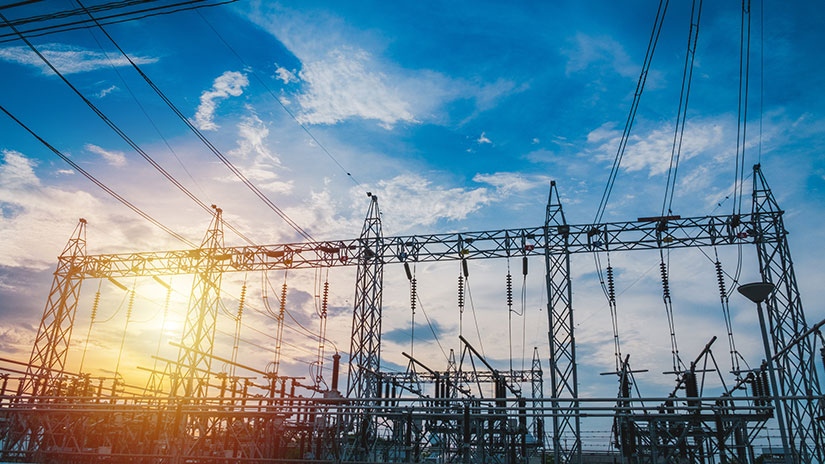Government and Utilities
Advanced Research on Integrated Energy Systems (ARIES) serves as a research platform for new designs of renewable power distribution systems for government and utilities.

ARIES helps governments and utilities around the world implement renewable energy, storage, and smart grid technologies for remote and islanded communities.
Achievements
- Validating microgrid designs
- Proving real world scenarios
- Increasing grid stability
Projects
Read the stories of how governments and utilities are using ARIES to develop and evaluate new technologies in a holistic, integrated energy system at a size and scale that matter.
U.S. Collaboration With India Uses ARIES To Redesign Power Distribution
ARIES is a key part of a joint U.S.-India project because it serves as a research platform for new designs of renewable power distribution systems. The project involves more than 30 research and industry organizations across India and the United States. The goal of the partnership is to make it easier for people in both countries and around the world to use renewable energy, storage, and smart grid technologies for remote and islanded communities. The NREL project team built a microgrid capability within ARIES to see how easy it would be for remote communities to use standardized and stable grid designs. Read more about this joint U.S India Project.
ARIES Proves How Hybrid Power Plants Can Operate in Energy Markets
FlexPower is a Grid Modernization Laboratory Consortium effort that combines the strengths of several DOE laboratories and funding offices to demonstrate hybrid plants using a full range of energy types, including pumped storage hydropower, ultracapacitors, nuclear, methane, hydrogen, kinetic storage, and more. The project team used ARIES to build physical hybrid plants with multiple energy types, design a controller for managing the resources, and deploy the hybrid plants against standard grid scenarios. Besides delivering unparalleled data around how hybrid systems can be integrated into current power systems, the team showed the value of hybrid plants to reduce the variability of renewable energy and increase their capacity factor. Read more about how the research will help smooth the transition to clean energy.
Dangerous Electrical Oscillations Are Identified and Avoided With ARIES Scan Tool
The Grid Impedance Scan Tool (GIST) can detect destabilizing interactions that arise in renewable power systems, and utilities and device manufacturers around the world are recognizing the importance of this ARIES-originated tool. Multimillion-dollar outages in Australia and the United Kingdom have been linked to electrical oscillations caused by wind and solar power plants, which also threaten to derail clean energy progress in many other locations targeting high levels of renewables. One such area, the island of Kauai, has relied on GIST to overcome emerging stability issues. As Kauai connected to ARIES using its authentic battery model, the GIST team injected a spectrum of electrical frequencies into the battery to scan its response, assuring the Kauai Island Utility Cooperative that its deployment could safely continue. GIST was a finalist for an R&D 100 Award in 2023 and continues to amass geographically broad interest from industry partners because of its uniqueness—there is no other tool with its full range of capabilities—and its technical importance to clean energy systems. Learn more about NREL's Grid Impedance Scan Tool software and grid stability capabilities.
Work With Us
Want to partner with us and take advantage of ARIES capabilities for your government or utility? Check out our Work With Us page to learn how.
Share

